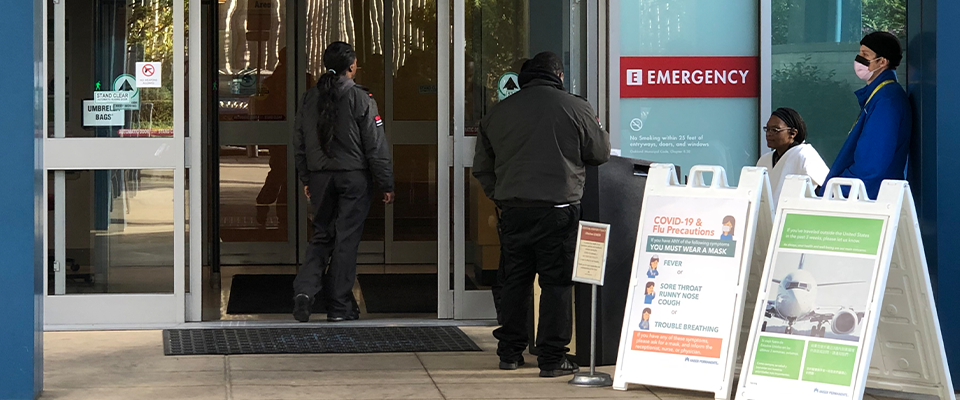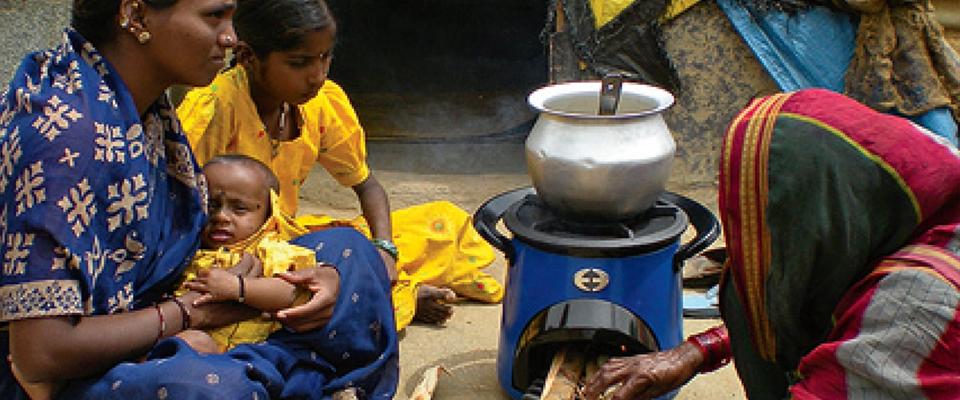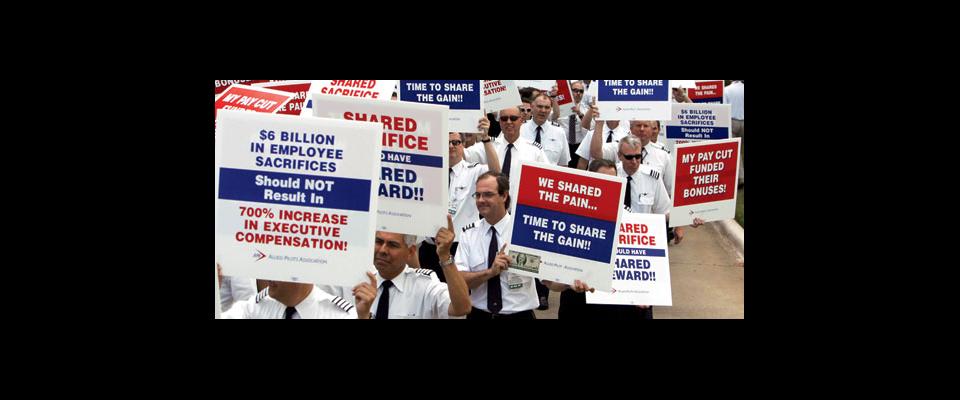Dr. Steve LeVine has been an emergency physician at Kaiser Oakland since 1989. A UC Berkeley graduate, he completed his medical education at UC San Francisco. As he recalls, he started his career at the dawn of the AIDS crisis and is now nearing the end of his career amid the COVID-19 pandemic.
Asked what life is like in Bay Area emergency rooms at this moment, he likened it to “being in the tide pools when the tide has gone way, way out and you’re looking at flopping fish, and not looking at the horizon for the big tsunami wave.”
This conversation has been edited for length and clarity.
How is it in the ER? Is it business as usual or have things changed considerably?
Steve LeVine: What’s happened is that the community has decided that the hospital is a riskier place to be than home. So, paradoxically, our volume has diminished recently. But the people who do come in, even if they come in for a problem unrelated to the virus, often ask “Can I get a test while I’m here?”

And can they?
SL: No. It’s criminally bad, but the threshold for getting tested is that you have known contact with a positive patient and symptoms: things like coughs, shortness of breath, fever. Even then, we still have had to go through an infectious disease specialist to order a test. That’s true even for physicians, who then are of course quarantined until the test is back.
A colleague recently had to wait four full days to get results. That’s a long time. Nominally the turnaround time should be 24 hours.
The impact on us as providers is pretty significant because if you have any symptoms at all, you’re sent home. And then you have to wait for your test, so that means people have to backfill your role at the same time that we’re trying to figure out how to deal with the tsunami.
You’re coughing a little as we speak. Is that enough to get you, as a doctor, tested?
SL: No. I talked to my primary care provider who suggested getting an X-ray, but it doesn’t meet the criteria for testing. Of course I’d like to get tested but then testing can have a downside too. What if I got tested today, and it came back negative? How many times during the season am I going to have to get tested in order to make sure that I remain negative?
Physicians are obviously at high risk, being on the frontlines. Are you anxious about the idea of bringing the virus home?
SL: Absolutely. A lot of the stress really has to do with our lives as humans, not as clinicians. It’s almost easier for me to be at work because you just know what your job is and you follow the protocols and you do your best. That’s what we’re trained for. That’s what we signed up for in the beginning. My career started with the AIDS epidemic. So it’s not unnatural to be in the middle of an epidemic or pandemic.
But, you go through a period of learning. In the beginning of the AIDS crisis, we didn’t have something called universal precautions. We had signs that said, “hey this patient has hepatitis” or “this one is suspected to have AIDS” and we would do different things for those patients. And we quickly came to realize that that was just stupid and we should always treat everybody as if they’re infectious.
With COVID-19, we’re kind of in that phase now of ramping up awareness, only this time not in terms of dealing with blood and body fluids, but airborne exposure, contact with contaminated surfaces and droplets. This requires precautions which are much more invasive and disruptive for what we do. That’s what’s really stressful.
What’s it like dealing with patients under these conditions?
SL: Yesterday, I apologized to all my patients because I was talking to them from the other side of a mask. And I said, “Let me try to describe the smile I’m giving you right now. You’re just gonna have to read my eyes.” I almost had this script for everybody that tried to relax them a little bit because we both needed to be relaxed.
A lot of the patients said, “I want to be treated but I’m going to be outside in the parking lot. Call me when you’re ready to treat me.” They’re afraid to even enter the doorway. You know, there’s just a different layer of social interaction. It’s not like gallows humor so much as an acknowledgment that we’ve had to reset the thresholds for self-care versus assisted care.
All my patients yesterday, it seemed, were very, very happy to have an early discharge.

Are you and your colleagues preparing for things to get worse?
SL: We know it’s gonna be very different in two or three weeks. We know we need to get our protocols and our muscle memory in place right now so that we don’t make mistakes, so that we don’t accidentally touch our faces or forget to put on the right masks for a procedure.
What’s the plan if a critical number of staff fall ill?
SL: The statistic that I read today was that one in five providers in Wuhan got COVID-19, so we are going to have physicians who are sick and out of commission for a long period of time. And it’s not like we can recruit from other places. That’s what they did in China because they have a command-and-control structure, but we’re beyond containment in the US. It’s now in all 50 states, and it’s not like there’s a pool of unemployed physicians out there. Everyone is deployed.
So, in terms of load balancing, you start looking at what are essential services, and, for example, you cancel elective surgery, because we’ll need your surgeon to do some other work that she’s qualified to do but that’s a little different from her normal job. This is already happening.
But I see this going on in waves and think that it’s probably not just until the end of the flu season but also next winter. So what we’re going to have to do is pace ourselves as a group. Some of us are going to get COVID-19 and recover and then be relatively robust or even immune and be able to get back into rotation.
But for those who are at higher risk, like some of us who are pregnant mothers or who are otherwise immunosuppressed but working as physicians, you don’t don’t want to put those folks at risk unnecessarily. At what point do you deploy them? Maybe you give them six months of non-clinical contact so that there’s a chance of getting a vaccine or treatment.
We’re waiting for guidance on that. We don’t have it yet.
In addition to staffing, what are the main concerns?
SL: It’s really frightening to think about equipment shortages. What are we going to do about the lack of masks, personal protective equipment, that dimension? We have adjusted our protocols with the idea that we could run out. So we’re effectively taking more risks by reserving the fancy, expensive stuff for when we know we’re doing high-risk procedures.

But the reason this virus is so much worse than others is that it has the potential lethality of something like SARS, but SARS was mostly infectious in much later phases of the disease, so you could look at somebody and say that person’s coughing and short of breath. That’s a highly infectious person.
This one’s the opposite. With COVID-19, it’s the little kid who has a snotty nose like every single five-year-old running around, but nothing else. No fever, just snotty fingers. And they’re shedding crazy amounts of virus. So basically it’s all over the surfaces that you share with everyone else at the supermarket, at the farmers market, at the BART station. It’s everywhere.
Look at the NBA stars. They can get as many tests as they want. The Brooklyn Nets all got tested. Four of them are positive and only one of them was symptomatic. And those are healthy athletes.
How long then do you expect we’ll be in this crisis stage where we have to practice social distancing and the kind of enforced isolation we’re experiencing now?
SL: We’re gonna have to maintain it to a certain extent, but it won’t have to be so draconian as we get more saturated with cases that have recovered and we get herd immunity. It’s really the next few months that are going to make us or break us as a society. That’s when the tsunami waves are going to hit, and it’s going to be somewhere between the experiences of Italy and South Korea. Right now, we’re tracking the same as Italy.
And in Italy, we’ve seen physicians practicing triage, having to let some patients die. Are you and your colleagues contemplating that eventuality?
SL: Yes. We are thinking about it. We haven’t had to make those decisions yet, but that’s the terror. That is the absolute terror, that we’re going to end up having to make those horrible decisions.
And in your career have you ever had to make those kinds of calls?
SL: Not because of resources. No. We’ve never had to say, “No, we don’t have enough beds.” No one’s ever been in that situation here.




















